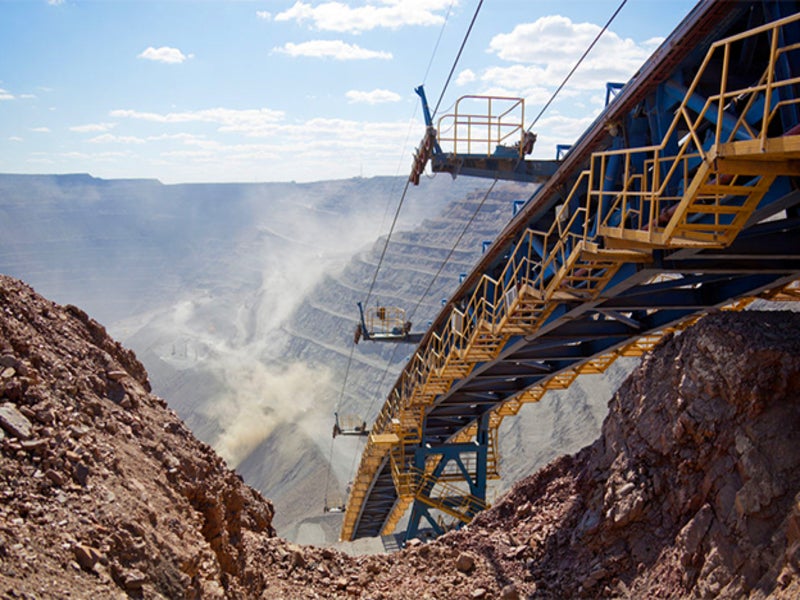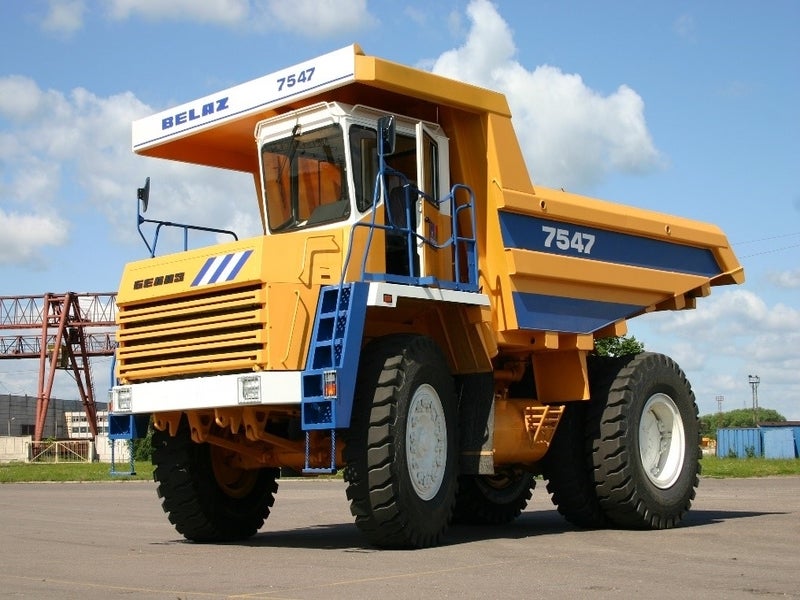The Sukhoi Log gold mine in Irkutsk Oblast, Eastern Siberia, Russia is one of the biggest greenfield gold mining projects in the world.
SL Gold, a joint venture (JV) of Russian gold mining firm JSC Polyus Krasnoyarsk (51%) and Rostec’s subsidiary RT Business Development (49%), acquired the rights to develop the Sukhoi Log mine from Kopy Goldfields for £125m ($158m) in January 2017.
Polyus subsequently entered into several option agreements with RT to consolidate 100% participation interest in JV and it currently holds 78% interest in the JV. Polyus announced plans to further increase its participation interest to 100% in September 2020.
SL Gold secured the subsoil use rights for the mine development from the Federal Agency for Subsoil Use (Rosnedra) in February 2017, while the project entered the pre-feasibility stage following the completion of the scoping study in June 2018.
The pre-production capital expenditure for the mine is estimated between £1.5bn ($2bn) and £1.9bn ($2.5bn), while the total costs associated with the development of the project are expected to reach up to £3.9bn ($5bn).
The feasibility study and the final investment decision (FID) for the Sukhoi Log gold mine project are expected in 2021 and the start of production is targeted for 2026.
The mine’s maiden ore reserve estimate in accordance with the JORC code was reported in October 2020. The mine’s annual production capacity is estimated to be approximately 1.6 million ounces (Moz).
Location and geology
The Sukhoi Log gold mine is located within the Lena goldfield region in the Bodaybo district, approximately 850km away from Irkutsk city.
Gold mineralization at the Sukhoi Log deposit is hosted by carbonaceous shale, phyllite, and siltstone in Upper Khomolkho subformation accompanied by low-grade regional greenschist facies. It intersects metamorphosed carbon-bearing lithologies at the axis of an overturned anticline, which controls the mineralisation.
The tabular ore body occurs in the form of an elongate lens of irregular plano-convex cross-section within the disseminated pyrite envelope with an irregular hanging wall and a more nearly planar footwall. It contains abundant quartz-pyrite veinlets.
Discovery details
The Sukhoi Log deposit was discovered by Soviet geologists in 1961, while intensive exploration was carried out at the site during 1971 and 1977.
The exploration included 209.6km of diamond core drilling in 846 drill holes, 11.7km of underground drives, 13,000 channel samples, 61 raises, 110.3km of trenches, many tens of thousands of assays for gold, and three bulk samples of 150t, 800t, and 980t. It outlined 384 million tonnes (Mt) of ore with a grade of up to 2.7g/t of gold.
The feasibility study was conducted by Australia-based Star Mining during 1995-96 after securing direct access to a major portion of the interior of the ore body through the restart of two major underground drives in 1995.
Placer Dome Eurasia and Barrick Exploration International carried out validation drilling and underground sampling in 1998. This followed further drilling by TSNIGRI between 2007 and 2008.
Exploration and verification drilling
The exploration and verification diamond drilling activities at the mine were carried out by SL Gold between October 2017 and September 2019.
The drilling programme involved 29 drill sections and 634 drill holes, spaced at 50m on sections 200m apart.
Polyus is currently undertaking in-fill drilling campaigns at the mine to better define the gold mineralisation.
Gold reserves at Sukhoi Log
The Sukhoi gold mine was estimated to hold 540Mt of probable reserves grading 2.3g/t and containing 40Moz of gold as of October 2020.
The mineral resource estimates stand at 1,110Mt grading 1.9g/t gold for 67Moz of contained gold.
Mining and processing
The Sukhoi Log gold mine is planned to be mined economically using the conventional bulk open-pit mining method.
The mined ore will be processed at the Sukhoi Log processing plant, which will have the capacity to treat an average of 30Mt of ore per year using a conventional gravity/flotation process. The facility will be equipped with two parallel commination lines for processing 15Mt of ore per year.
The processing plant will house facilities for ore crushing and storage, grinding and classification, gravity concentration, flotation of gravity tails, and intensive leaching of gravity concentrate.
Contractors involved
Australian engineering company AMC Consultants prepared the mineral resource estimate and performed mine planning activities for the Sukhoi Log gold mine.
The GEOVIA Whittle™ mine planning software was utilised for the implementation of the Lerchs-Grossmann algorithm for indicated mineral resources.
BELAZ was contracted to supply the BELAZ-7547 mining dump trucks with a payload capacity of 45t for transporting rock-mass at the Sukhoi Log gold deposit.





